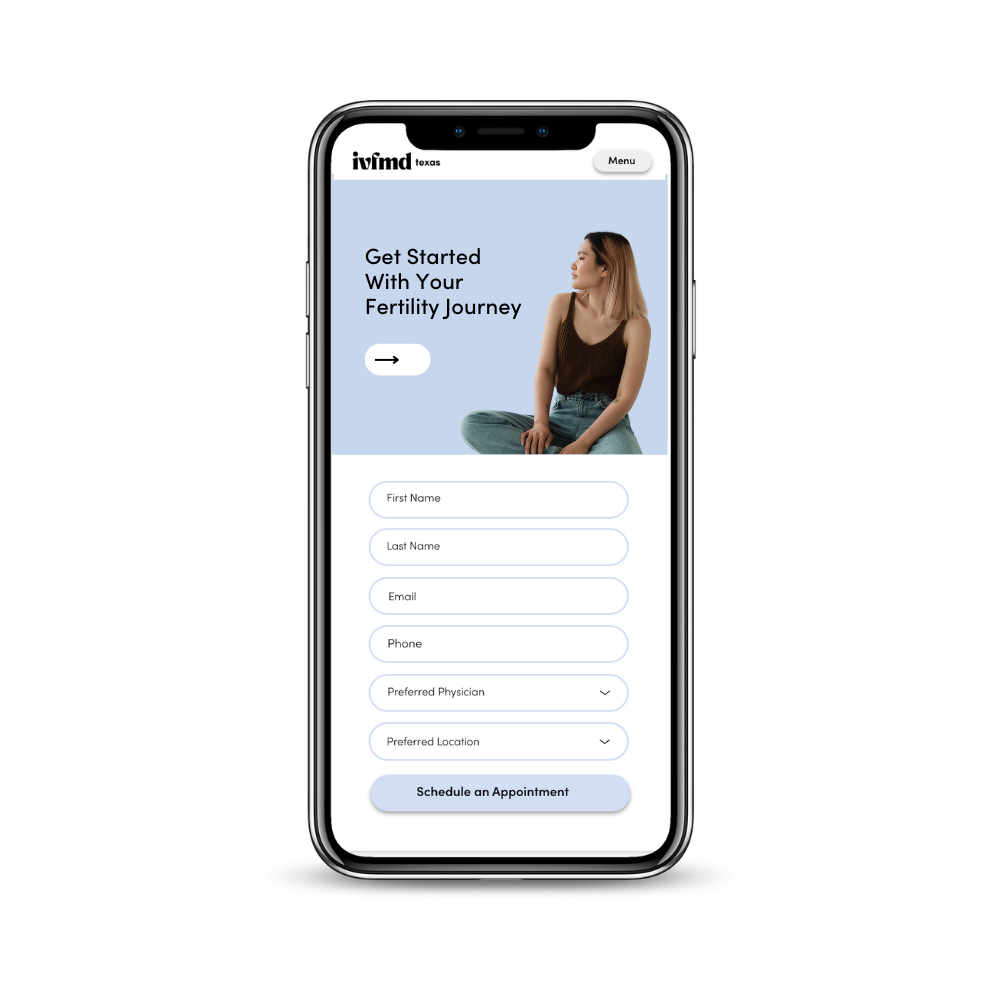Special IVF Protocols for Diminished Ovarian Reserve

Adapting IVF Protocols for Diminished Ovarian Reserve
When dealing with diminished ovarian reserve (DOR), standard IVF protocols may not always be cost-effective or successful. Fertility specialists at IVFMD utilize tailored strategies to maximize ovarian response while considering the patient’s individual needs and the cost of IVF.
1. Micro-Lupron Flare Protocol
This approach uses a small dose of Lupron three days before stimulation to trigger a flare effect, releasing natural FSH and LH from the pituitary to enhance ovarian stimulation. Typically, birth control pills (BCP) are used for two weeks before starting microdose Lupron, followed by high doses of gonadotropins.
Advantages:
- Early stimulation with natural hormones from the flare effect.
Limitations:
- Potential ovarian suppression from BCP.
- Risk of premature LH surge with low-dose Lupron.
2. Estrogen-Primed Micro-Lupron Flare Protocol
This variant eliminates BCP to avoid suppression. Estrogen is given one week after ovulation during the pretreatment cycle. Micro-Lupron starts at menses, with gonadotropins added three days later. Estrogen priming enhances follicle sensitivity while preserving the benefits of the flare effect.
Advantages:
- Avoids BCP suppression.
- Early stimulation from flare effect.
- Enhanced follicle sensitivity with estrogen priming.
Limitations:
- Risk of premature ovulation.
3. Estrogen-Primed Low Lupron Protocol
Designed to prevent premature ovulation without using BCP, this protocol begins Lupron administration one week after ovulation in the prior cycle. Lupron doses decrease at menses, followed by gonadotropin stimulation alongside estrogen.
Advantages:
- Avoids BCP suppression.
- Prevents early ovulation.
- Enhances ovarian sensitivity with estrogen priming.
Limitations:
- Prolonged Lupron use may hinder ovarian response.
- Lupron can cause ovarian cysts, delaying stimulation.
4. Estrogen-Primed Luteal Antagonist Protocol
Fertility specialists often favor this protocol for women with diminished ovarian reserve. It avoids both Lupron and BCP, using estrogen and GnRH antagonists in the pretreatment cycle to prime follicles and prevent premature recruitment. Ovarian stimulation begins on day three of menses.
Advantages:
- No suppressive effects of Lupron or BCP.
- Prevents premature follicle recruitment.
- Enhances ovarian response with estrogen priming.
Limitations:
- Limited cycle flexibility due to reliance on natural timing.
5. Mini IVF
For patients with extremely low egg reserves, Mini IVF offers a lower-cost, last-chance option before considering donor eggs. Stimulation starts immediately if at least three antral follicles are seen on baseline ultrasound, using letrozole (or clomiphene) combined with gentle gonadotropin doses. Letrozole or clomiphene helps boost natural FSH and LH release.
Advantages:
- Lower medication costs.
- Offers a final opportunity before turning to donor eggs.
Limitations:
- Delayed endometrial growth from letrozole or clomiphene requires estrogen supplementation.
- Limited cycle flexibility.
- Special IVF Protocols for Diminished Ovarian Reserve - February 5, 2025
- Is IVF the Right Choice? - March 2, 2024
- What to Consider When Choosing a Fertility Clinic - February 29, 2024
